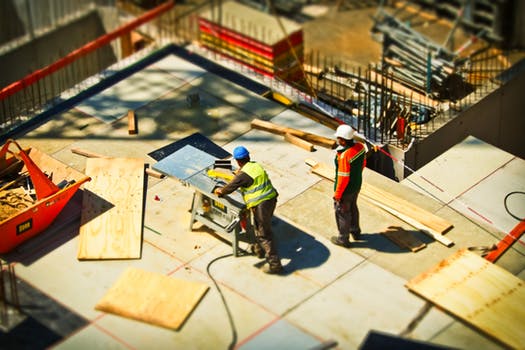
A combination of bureaucratic regulations and higher lumber prices are adding a total of nearly $130,000 to the cost of building a new home, according to a pair of reports by the National Association of Home Builders (NAHB). The higher costs aren’t helping efforts to add to the housing supply to meet pent up demand.
Lumber Prices
Soaring lumber prices have tripled over the past 12 months and have caused the price of the average new single-family home to increase by $35,872, explained NAHB. By contrast, rising lumber prices added $24,000 to the price of a new home in February 2021. Last August, rising prices resulted in the average price of new single-family homes to increase by $16,000.
Higher lumber prices have also added nearly $13,000 to the market value of an average new multifamily home, which translates into households paying $119 a month more to rent a new apartment.
“This unprecedented price surge is hurting American home buyers and home builders and impeding housing and economic growth,” said NAHB Chairman Chuck Fowke.
Government Regulations
Meanwhile, various regulations imposed by all levels of government account for $93,870, or 23.8 percent of the current average sales price ($397,300) of a new single-family home in 2021, said the NAHB.
Of the $93,870 figure, $41,330 is attributable to regulation during development, and $52,540 is due to regulation during construction.
“This study illustrates how overregulation is exacerbating the nation’s housing affordability crisis and that policymakers need to take bold steps to reduce or eliminate unnecessary regulations that will help builders increase the production of quality, affordable housing to meet growing market demand,” said NAHB Chairman Chuck Fowke.